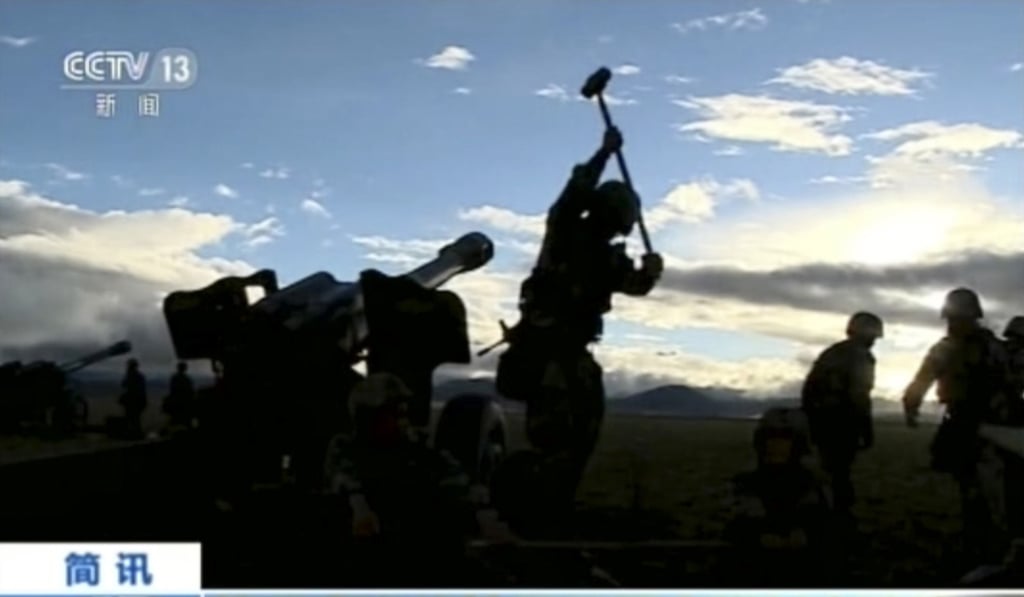Beyond Doklam: how long can China and India’s kiss-and-make up act last?
Standoff in Bhutan was just one marker of the changing nature of engagement between India and China at the military, government and – worryingly – popular level, too

The Chinese government has sought to sell the deal as a case of the Indians having blinked, of bowing to Chinese threats and coercion. It is doubtful the line has much purchase even within mainland China, where the netizen community might have constraints on their conversations but are not stupid and not entirely without access to information from the outside world.

It is a little-noticed reality that ordinary Chinese view India somewhat differently than they do other major global powers. While there is a template of nationalist rivalry with Japan and another of a larger, geopolitical rivalry with the United States, neither template fits the relationship with India.
‘ATM Modi’ squirms in Trump’s Afghan embrace
India’s influence is also evident in other, perhaps, more important ways, in China. Notably, these include its identity as the world’s largest democracy and in the popularity of Mahatma Gandhi among intellectuals and civil society activists. The interest in Gandhi’s methods of non-violent struggle specifically, is not surprising given the constraints on civil society and on political activity in China.